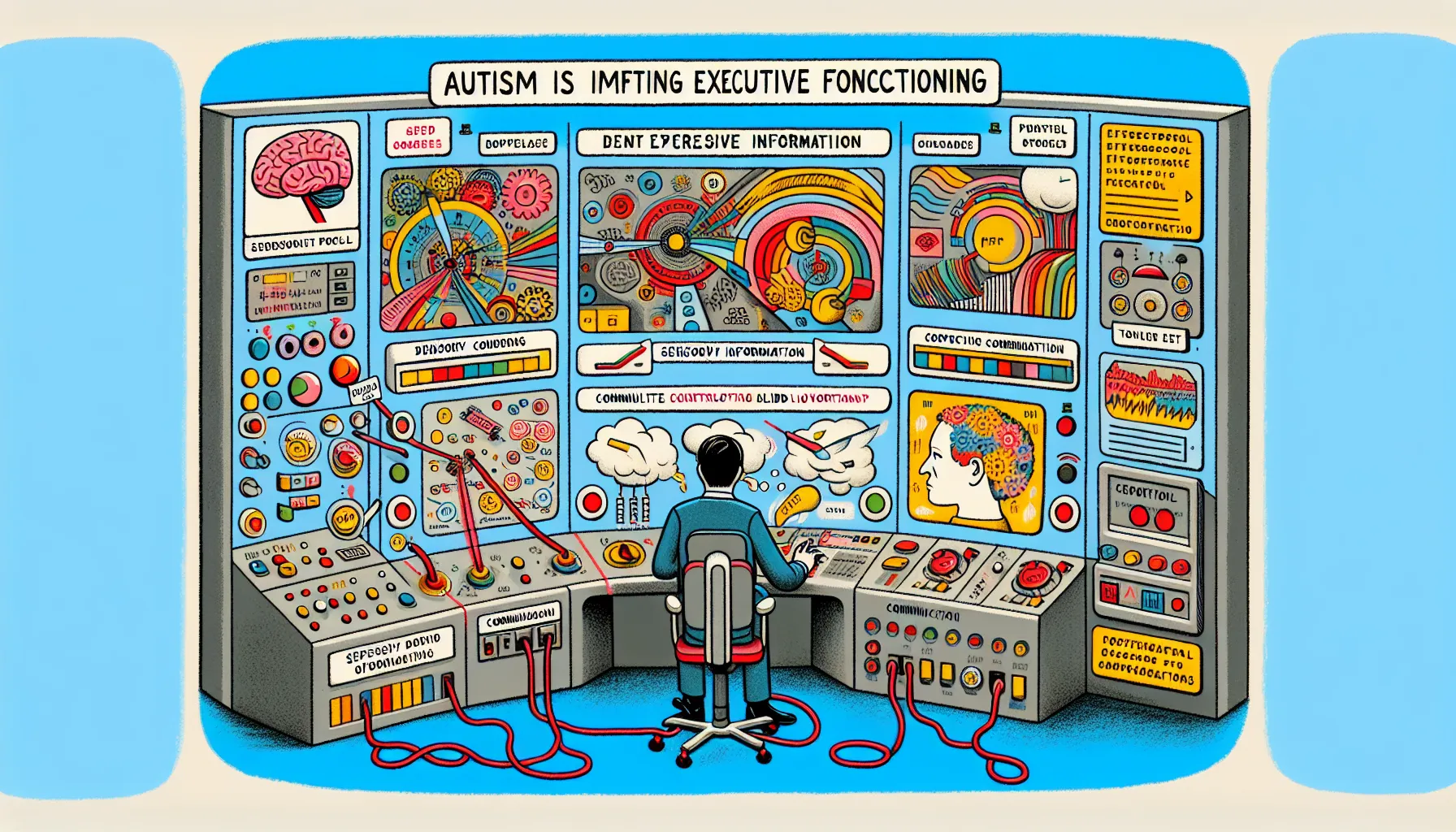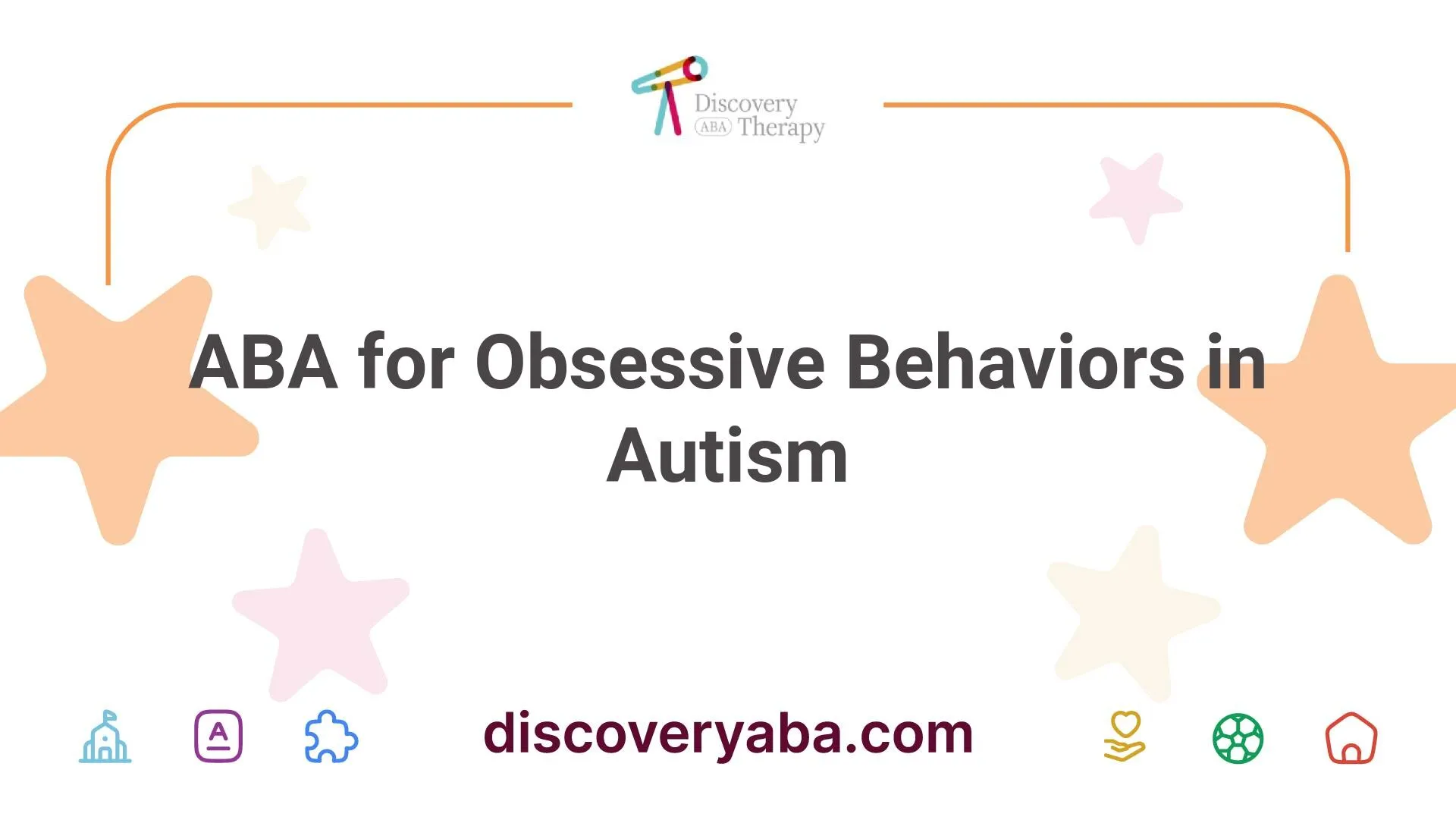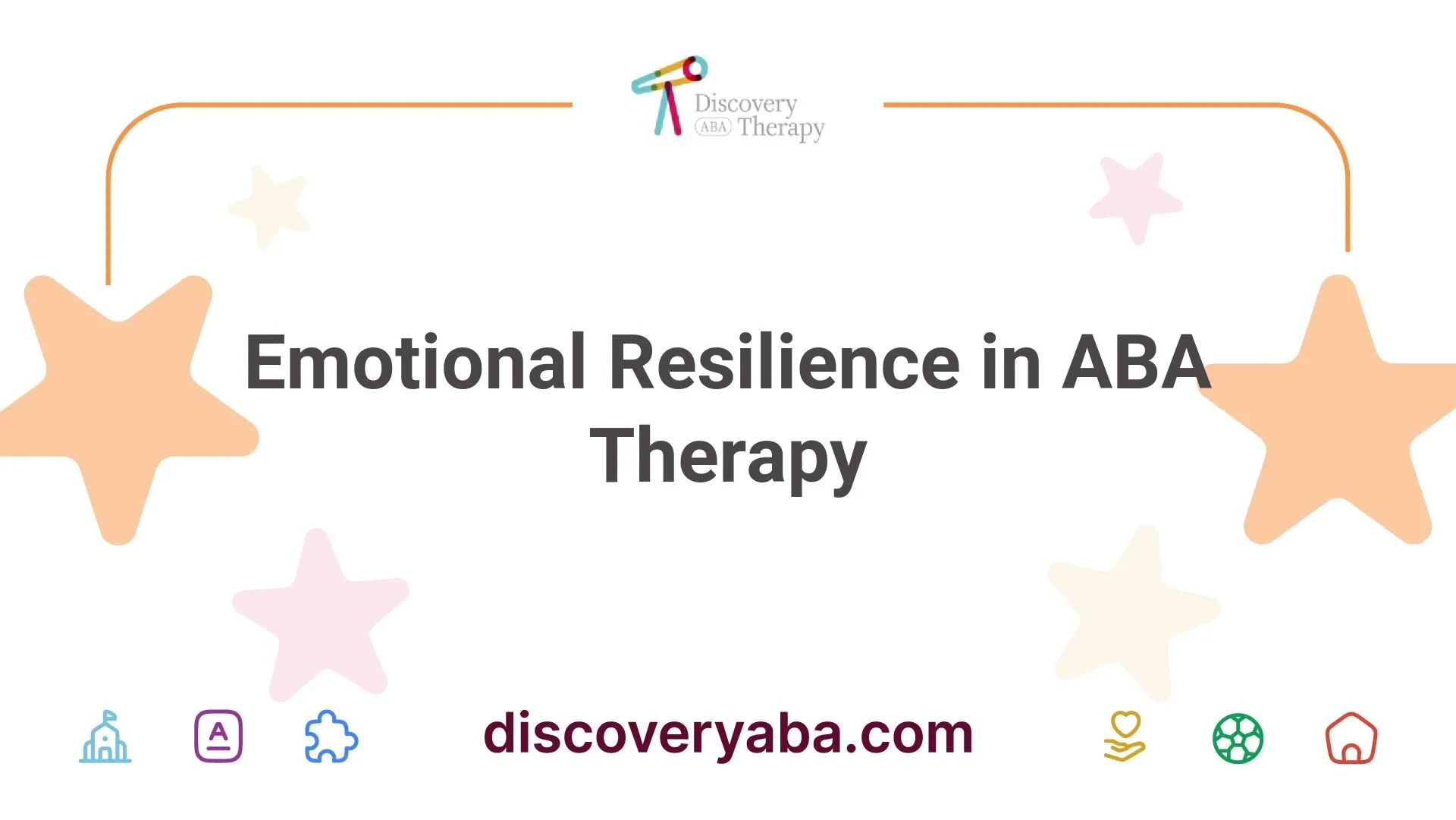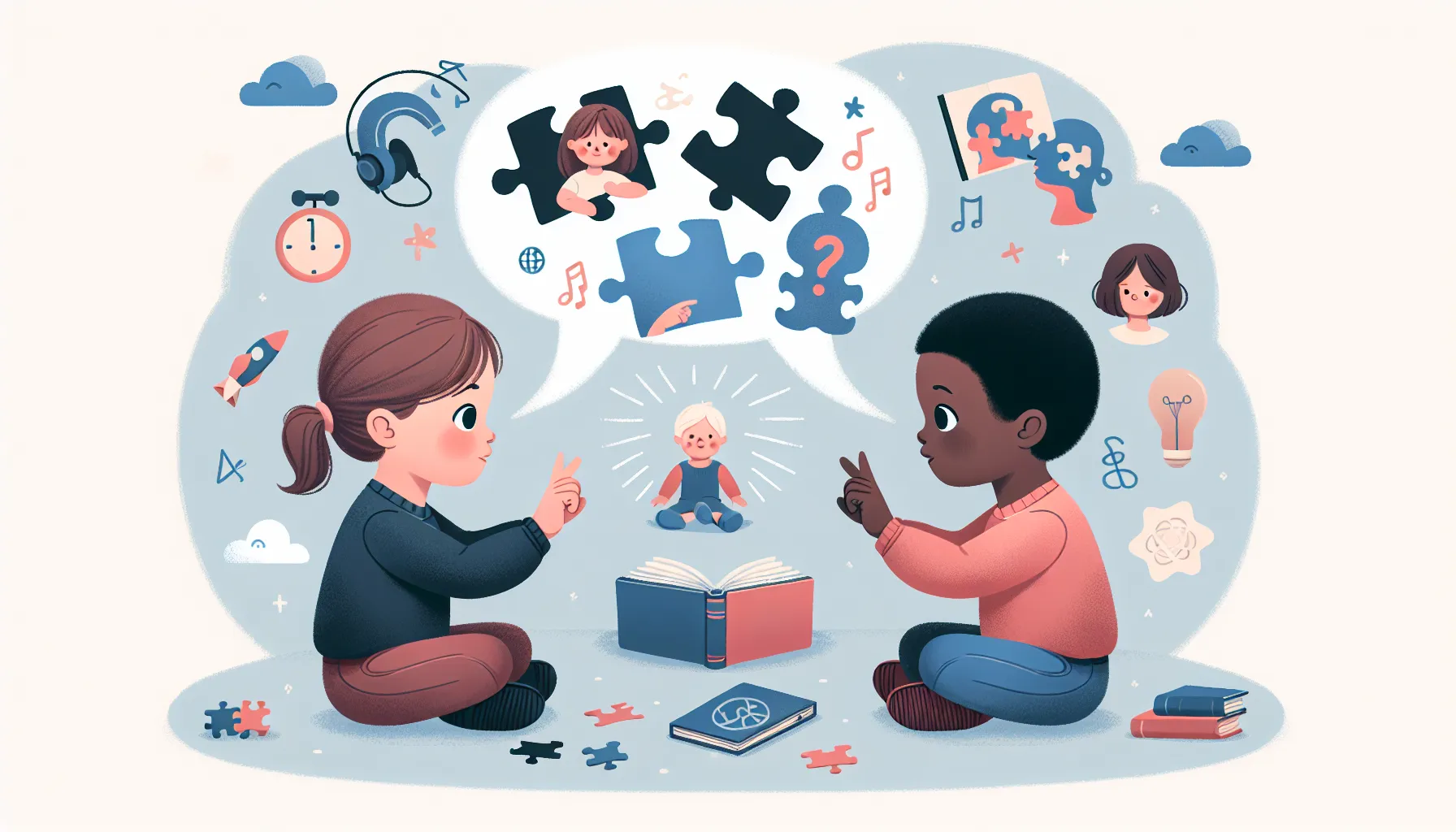Autism Sensory Processing
Demystify autism sensory processing! Uncover the impact, therapy options, and interventions for sensory challenges.


Understanding Sensory Processing in Autism
In order to comprehend the challenges faced by individuals with Autism Spectrum Disorder (ASD), it's important to understand the intricacies of sensory processing in autism. Sensory processing differences are commonly observed in individuals with ASD, leading to atypical responses to sensory stimuli. These differences can manifest as both sensory hypersensitivity (hyperreactivity) and sensory hyposensitivity (hyporeactivity) [1].
Sensory Challenges in Autism
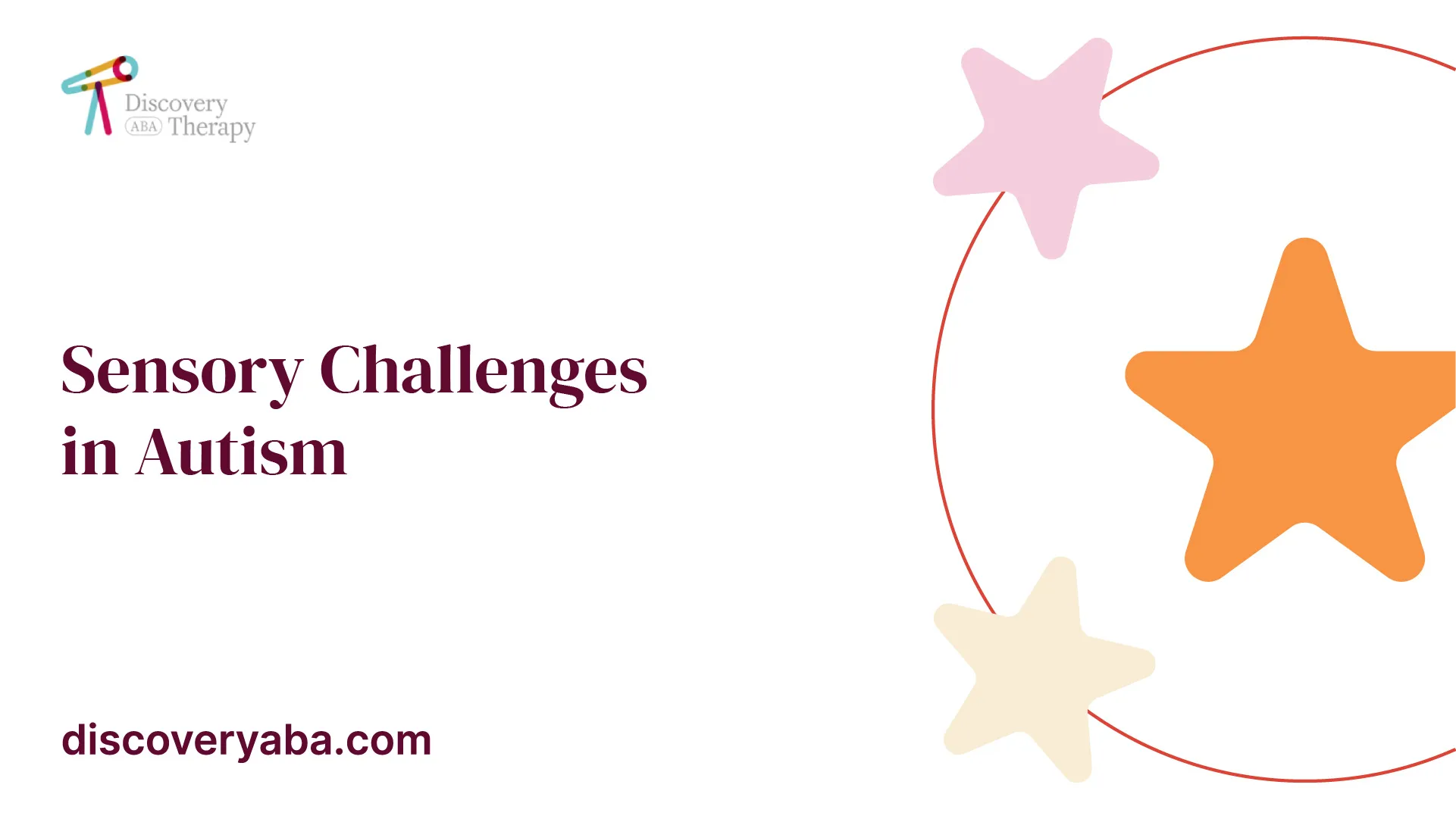
While the DSM-V criteria for the diagnosis of ASD does not specifically state that sensory challenges are universal, they can be a common trait in individuals with ASD [2]. Sensory processing abnormalities in children with ASD can appear in various sensory modalities, such as hearing, touch, and other sensory systems. These abnormalities can affect their adaptive behavior, the performance of daily activities, academic skills, and social participation [3].
Sensory Processing Differences
In individuals with ASD, sensory processing differences can result in difficulties in filtering out irrelevant sensory information and integrating sensory information from different sources. This can lead to fragmented or distorted perceptions, making it challenging to process and respond to sensory stimuli in the same way as neurotypical individuals [1].
Some individuals with ASD may experience hypersensitivity to sensory input, which means they are more sensitive to certain sensory stimuli. For example, they may find certain sounds, textures, or lights overwhelming or uncomfortable. On the other hand, some individuals may exhibit hyposensitivity and have a reduced sensitivity to sensory input. They may seek out intense sensory experiences or demonstrate a lack of response to certain stimuli.
Understanding these sensory challenges and processing differences is crucial for developing strategies and interventions to support individuals with ASD. Therapy options such as Applied Behavior Analysis (ABA), Occupational Therapy (OT), and Speech Therapy can help individuals with ASD develop skills to better process sensory information and cope with sensory challenges. To learn more about these therapy options, refer to the section on therapy options for sensory challenges.
By recognizing and addressing the sensory processing differences in individuals with Autism Spectrum Disorder, we can create a more inclusive and supportive environment that caters to their unique needs.
Types of Sensory Sensitivities
When it comes to autism and sensory processing, individuals with Autism Spectrum Disorder (ASD) can experience different types of sensory sensitivities. These sensitivities can manifest as either hyperreactivity or hyporeactivity to sensory input, leading to unique challenges in sensory processing.
Hyperreactivity in Autism
Hyperreactivity refers to being over-responsive or hypersensitive to certain sensory input. People with autism who experience hyperreactivity may have intense reactions to sensory stimuli that others might find tolerable or even pleasant. For example, they may be extremely sensitive to loud noises, bright lights, certain textures, or strong smells.
These heightened sensory responses can cause discomfort, anxiety, or even pain for individuals with autism. It can make daily activities challenging and overwhelming. Understanding and managing hyperreactivity is crucial to create a supportive environment for individuals with autism.
Hyporeactivity in Autism
On the other hand, hyporeactivity refers to being under-responsive or hyposensitive to certain sensory input. Individuals with autism who experience hyporeactivity may show a reduced response or interest in sensory stimuli that others might find stimulating or engaging. They may seek intense sensory input to feel sensations that neurotypical individuals may find overwhelming.
Hyporeactivity can make it difficult for individuals with autism to notice or process sensory information accurately. This reduced awareness of sensory input may impact their ability to engage with their environment, recognize potential dangers, or respond appropriately to social cues.
Understanding both hyperreactivity and hyporeactivity is essential in addressing the sensory challenges faced by individuals with autism. Tailoring therapy and intervention approaches to suit these specific sensory sensitivities can significantly improve their overall sensory processing abilities and quality of life.
To learn more about therapy options for sensory challenges in autism, explore our articles on Applied Behavior Analysis (ABA), Occupational Therapy (OT), and Speech Therapy. These therapies can provide valuable support and guidance in managing sensory sensitivities and promoting adaptive behaviors in individuals with autism.
Therapy Options for Sensory Challenges
When it comes to addressing sensory challenges in individuals with autism, there are several therapy options available that can help improve sensory processing and enhance overall functioning. Applied Behavior Analysis (ABA), Occupational Therapy (OT), and Speech Therapy are three commonly utilized therapies for individuals with sensory difficulties.
Applied Behavior Analysis (ABA)
Applied Behavior Analysis (ABA) is a widely recognized and evidence-based therapy that focuses on understanding and modifying behavior patterns. ABA therapy utilizes behavioral techniques and principles to promote positive behaviors, reduce challenging behaviors, and teach new skills. It can lead to significant and lasting improvements in communication, social skills, personal care, and academic performance for individuals with autism.
ABA therapy typically involves the use of reinforcement strategies to encourage desired behaviors while discouraging undesired behaviors. This therapy aims to increase adaptive skills and decrease maladaptive behaviors through structured, individualized interventions. Behavior intervention plans (BIPs) and functional behavior assessments (FBAs) are often used in conjunction with ABA therapy to develop personalized strategies for managing challenging behaviors. To learn more about ABA therapy and its insurance coverage, you can visit our article on ABA therapy insurance coverage.
Occupational Therapy (OT)
Occupational Therapy (OT) plays a crucial role in supporting individuals with autism in developing skills necessary for everyday life. OT focuses on enhancing an individual's ability to participate in activities of daily living, social interactions, behavior management, and academic performance. Occupational therapists work with individuals to improve their independence and quality of life at home, school, and in the community.
For individuals with sensory challenges, occupational therapy interventions may include sensory integration techniques, fine motor skill development, environmental adaptations, and social skills training. By using a holistic and individualized approach, occupational therapists help individuals with autism develop the skills needed to navigate their daily routines successfully. They also provide guidance and support for parents in implementing strategies at home and collaborating with other professionals involved in the individual's care. To discover additional autism educational resources, you can refer to our article on autism educational resources.
Speech Therapy
Speech Therapy is a vital component of treatment for individuals with autism, particularly those who experience challenges with speech production, nonverbal communication, social interaction, and language skills. Speech-language pathologists (SLPs) play a crucial role in assessing and diagnosing communication difficulties associated with autism. They design and implement individualized therapy plans to improve overall communication abilities.
Speech therapy interventions for individuals with autism may include exercises to enhance speech articulation, nonverbal communication strategies, social skills training, and language development exercises. SLPs work closely with individuals with autism to improve their ability to express themselves, understand others, and engage in effective communication across various settings. They may also collaborate with other therapists, educators, and family members to ensure a comprehensive approach to support the individual's communication needs.
By utilizing a combination of therapies, such as ABA, OT, and speech therapy, individuals with autism can receive comprehensive support to address their sensory challenges and enhance their overall well-being. These therapies work together to address various aspects of sensory processing and communication, helping individuals with autism navigate their daily lives more effectively.
Impact of Sensory Processing Differences
Children with autism often experience differences in sensory processing, which can have a significant impact on their behavior and socialization. Understanding these impacts is crucial for developing effective strategies to support individuals with autism.
Behavioral Effects
Sensory processing abnormalities in children with autism can manifest in various sensory modalities, including hearing, touch, and other sensory systems. These abnormalities can affect their adaptive behavior, hindering their ability to perform daily activities, develop academic skills, and participate in social interactions. The intensity of sensory issues has been found to be associated with more prominent social difficulties and lower adaptive functioning in children with autism aged 3 to 6 [4].
Sensory difficulties can lead to challenges in self-regulation, resulting in behaviors such as sensory seeking or sensory avoidance. Some children with autism may seek out sensory input by engaging in repetitive behaviors or seeking specific sensory experiences. On the other hand, others may avoid certain sensory stimuli, leading to withdrawal or avoidance behaviors.
Understanding the relationship between sensory processing differences and behavior is essential for developing appropriate autism behavior management strategies. Conducting a functional behavior assessment (FBA) can help identify the underlying causes of challenging behaviors, and a behavior intervention plan (BIP) can be created to address these behaviors effectively.
Socialization Challenges
Sensory processing issues in individuals with autism have a close relationship with social difficulties. Altered sensory processing has been included as one of the primary features in the diagnostic criteria for Autism Spectrum Disorders (ASD) [4]. Sensory atypicalities have been reported since the first descriptions of autism and are closely related to social functioning [4].
Children with autism who experience more sensory issues may exhibit visual exploration patterns of social scenes that differ significantly from those seen in typically developing children. These differences emphasize the impact of sensory processing atypicalities on social functioning [4]. Sensory challenges can make it difficult for individuals with autism to process and respond appropriately to social cues, leading to difficulties in building relationships, understanding social norms, and engaging in social interactions.
To support individuals with autism in overcoming socialization challenges, it is crucial to provide autism spectrum disorder support that addresses their unique sensory needs. Strategies such as creating structured and predictable environments, teaching social skills explicitly, and incorporating sensory breaks can help individuals with autism navigate social situations more effectively.
By recognizing and addressing the impact of sensory processing differences on behavior and socialization, individuals with autism can receive the necessary support to thrive in various environments. It is important to consider the specific sensory needs of each individual and tailor interventions accordingly.
Sensory Interventions for Autism
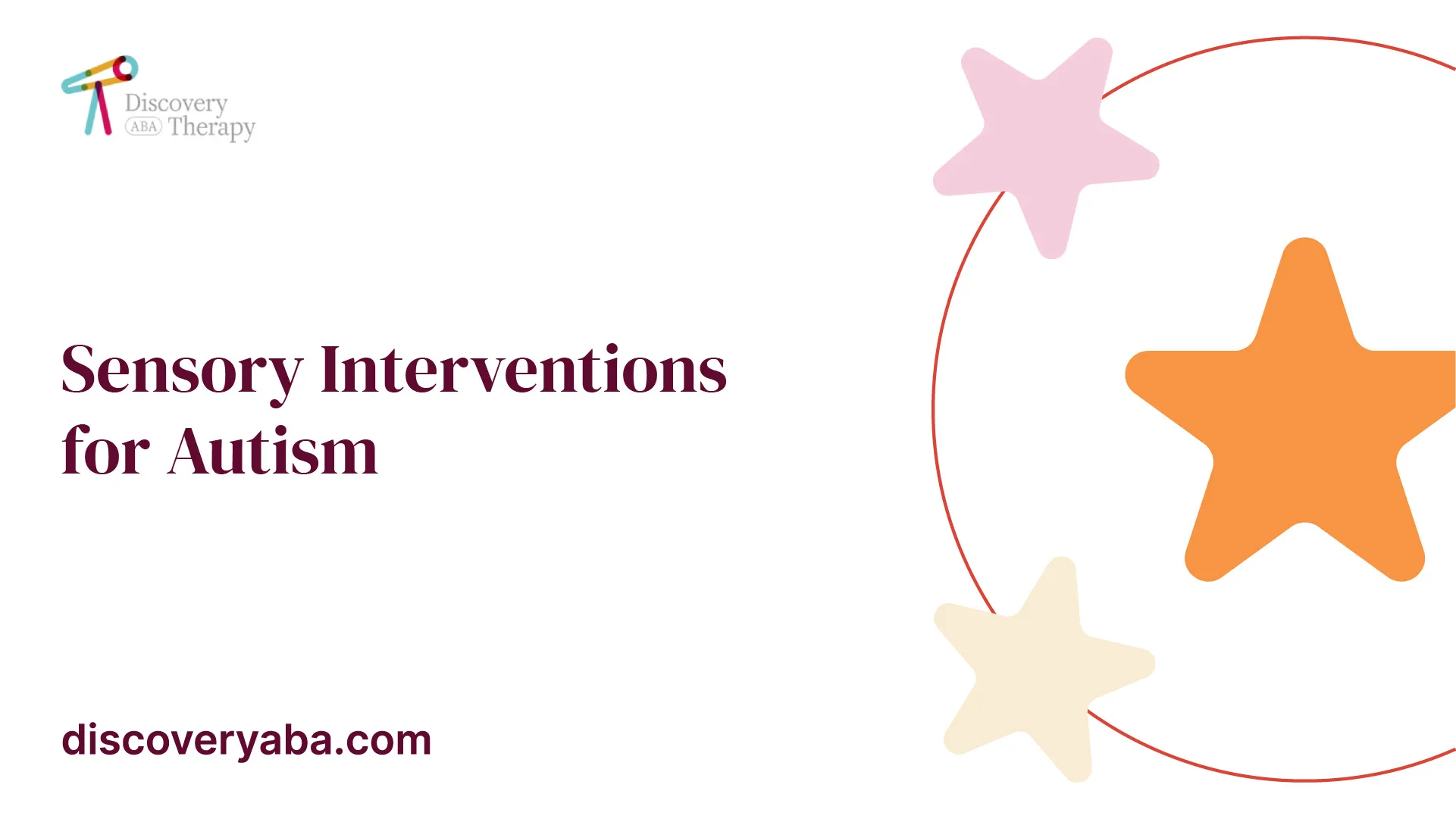
When it comes to addressing sensory processing challenges in individuals with autism, various interventions can be beneficial. In this section, we will explore two commonly used sensory interventions: Sensory Integration Therapy (SIT) and Assistive Technologies.
Sensory Integration Therapy (SIT)
Sensory Integration Therapy (SIT) is a sensory-based intervention that aims to improve sensory functioning and reduce associated behavioral issues in individuals with Autism Spectrum Disorder (ASD). The therapy focuses on providing structured activities and experiences that help individuals process and respond to sensory information in a more adaptive manner.
SIT involves creating a sensory-rich environment where individuals can engage in activities that stimulate their senses in a controlled and therapeutic manner. These activities may include swinging, jumping, playing with textured materials, and engaging in activities that provide deep pressure or proprioceptive input.
The goal of SIT is to help individuals regulate their responses to sensory stimuli, improve sensory processing, and enhance their overall well-being. By providing a structured and supportive environment, SIT aims to reduce sensory sensitivities and improve sensory integration.
Assistive Technologies
Assistive technologies play a crucial role in supporting individuals with autism and their sensory processing challenges [1]. These technologies encompass a wide range of tools and devices that can help individuals better manage and navigate their sensory experiences.
One common type of assistive technology is sensory tools. These tools can include items such as weighted blankets, fidget toys, noise-canceling headphones, and visual schedules. These tools are designed to provide sensory input or support individuals in regulating their sensory experiences.
Additionally, technology-based interventions, such as virtual reality (VR) or augmented reality (AR), have shown promise in creating virtual sensory environments that can be tailored to meet the specific sensory needs of individuals with autism. These technologies can help individuals practice sensory integration in a controlled and immersive setting.
Assistive technologies can enhance the skills and abilities of individuals with autism, such as promoting social skills, improving communication, and supporting overall well-being.
By incorporating sensory interventions like Sensory Integration Therapy (SIT) and utilizing assistive technologies, individuals with autism can receive targeted support to address their sensory processing challenges. These interventions can help promote sensory integration, reduce sensory sensitivities, and improve overall functioning and well-being. However, it is essential to work with professionals who specialize in autism to determine the most suitable interventions for each individual's unique needs.
Managing Sensory Overload
Individuals with autism often experience sensory overload, where they become overwhelmed by sensory stimuli in their environment. Managing sensory overload is crucial to help individuals with autism navigate their daily lives more comfortably. Here, we will explore coping strategies and support systems that can assist in managing sensory overload.
Coping Strategies
Coping strategies play a vital role in helping individuals with autism manage sensory overload. These strategies can help reduce anxiety, stress, and overwhelm associated with sensory challenges. Here are some effective coping strategies:
- Self-Regulation Techniques: Encouraging individuals with autism to develop self-regulation techniques can be beneficial. These techniques may include deep breathing exercises, mindfulness practices, or engaging in calming activities such as listening to soothing music or engaging in sensory-friendly activities.
- Sensory Diet: Implementing a sensory diet, which involves providing a structured schedule of sensory activities throughout the day, can help individuals with autism regulate their sensory experiences. This may include activities such as sensory breaks, using sensory tools like fidget toys or weighted blankets, or engaging in activities that provide deep pressure or proprioceptive input.
- Visual Supports: Visual supports, such as visual schedules or social stories, can aid in reducing anxiety and providing predictability. These visual aids help individuals with autism understand what to expect in different environments and can provide a sense of control and structure.
- Environmental Modifications: Making modifications to the environment can help reduce sensory overload. This may involve creating a quiet and calm space, reducing bright lights or loud noises, and providing opportunities for individuals to have breaks or retreat to a sensory-friendly area when needed.
Support Systems
Having a strong support system is crucial for individuals with autism to effectively manage sensory overload. Here are some key components of support systems:
- Family and Caregivers: Family members and caregivers play a vital role in understanding and supporting individuals with autism. They can provide a safe and supportive environment, implement coping strategies, and advocate for the individual's sensory needs.
- Therapists and Specialists: Professionals specializing in autism, such as occupational therapists or behavior analysts, can provide guidance and strategies to manage sensory overload. They can develop personalized intervention plans, conduct assessments, and help individuals with autism build skills to cope with sensory challenges.
- Peer Support: Connecting with peers who have similar experiences can be valuable for individuals with autism. Peer support groups or social skills programs can provide a sense of belonging and understanding, allowing individuals to share coping strategies and learn from one another.
- School and Community: Collaboration between schools, teachers, and community organizations is essential in creating inclusive environments that accommodate sensory needs. Educators can implement sensory-friendly strategies and accommodations in the classroom, while community organizations can offer sensory-friendly events and resources.
By implementing coping strategies and building a strong support system, individuals with autism can effectively manage sensory overload and improve their overall well-being. It's important to remember that each individual is unique, and strategies should be tailored to meet their specific sensory needs. For additional resources and support, consider exploring autism educational resources and seeking guidance from professionals in the field.
References
Does Your Child Have An Autism Diagnosis?
Learn More About How ABA Therapy Can Help
Find More Articles
Contact us
North Carolina, Nevada, Utah, Virginia
New Hampshire, Maine
Arizona, Colorado, Georgia, New Mexico, Oklahoma, Texas
.avif)





.jpeg)



.jpeg)
.jpeg)




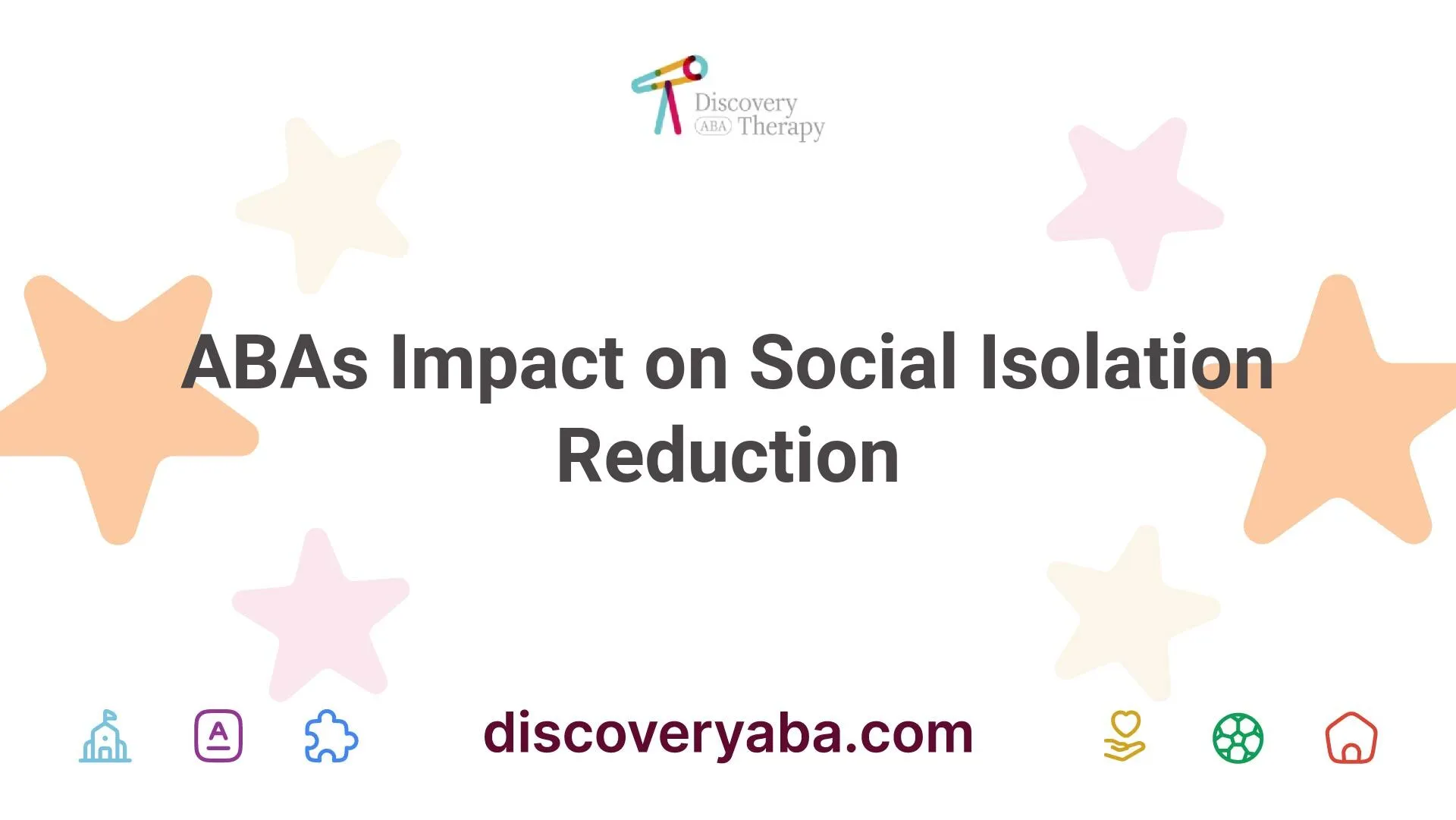
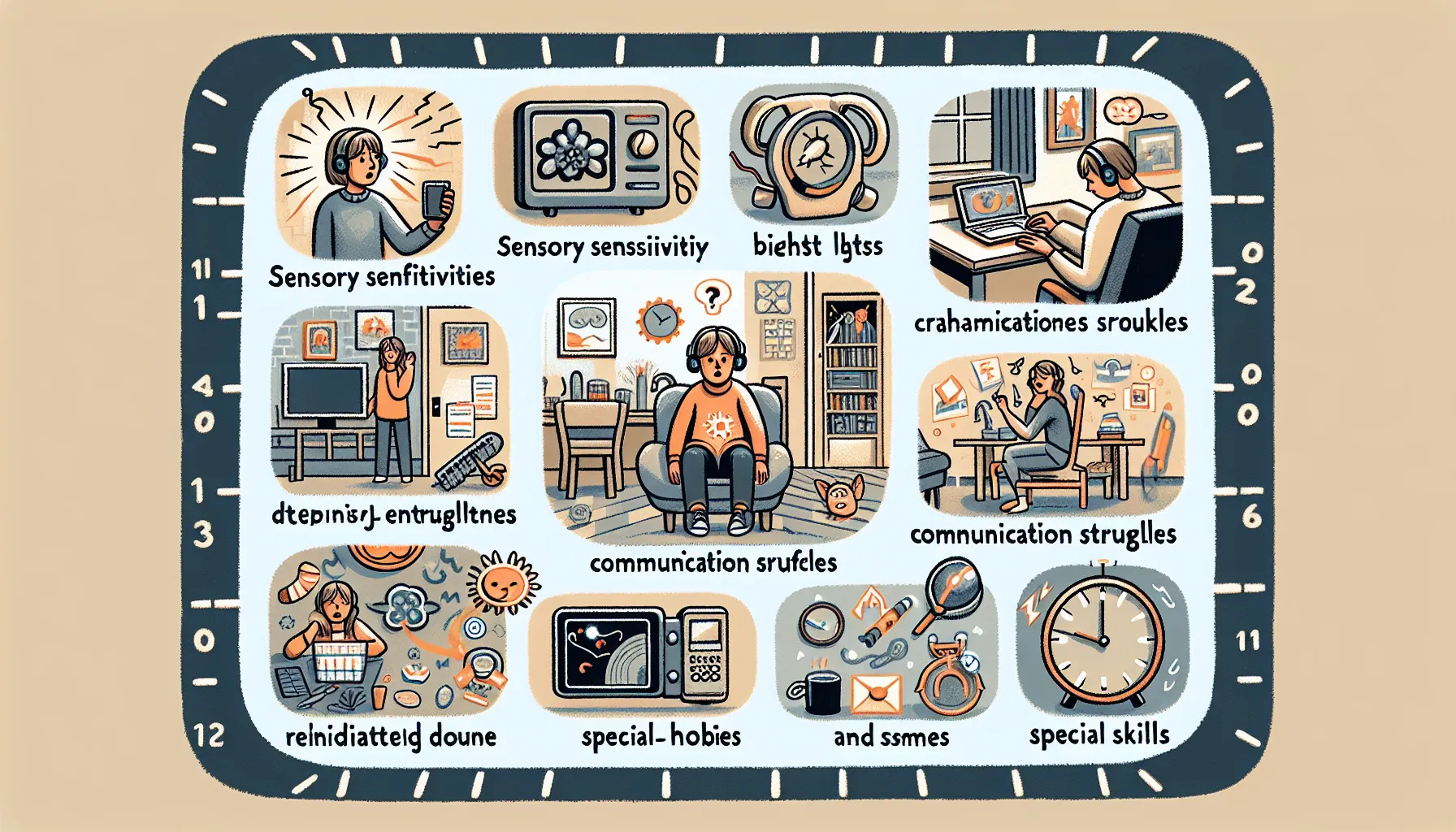

























.jpeg)





.jpeg)











.jpeg)




